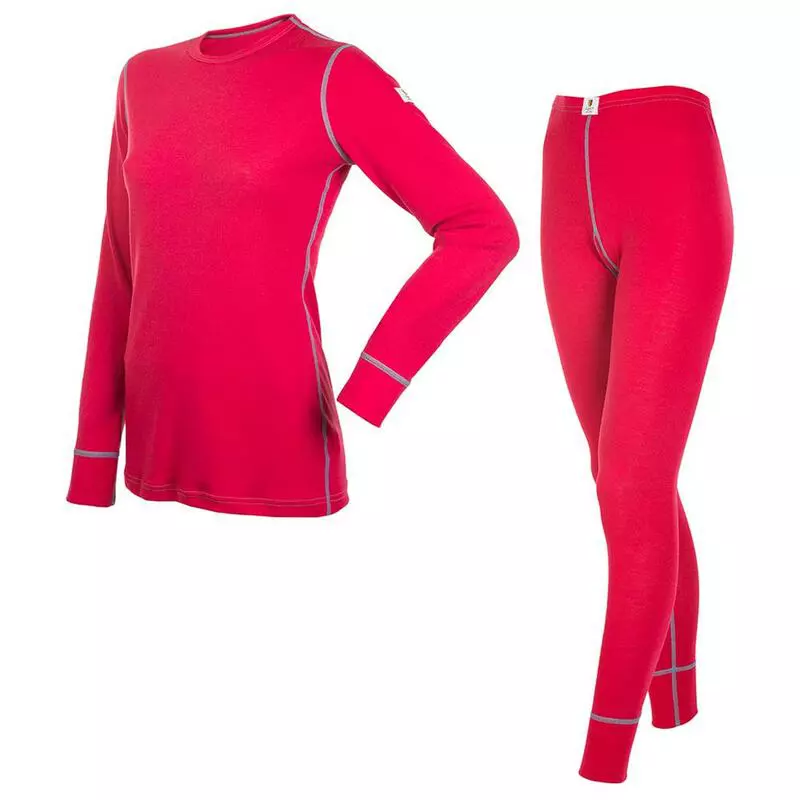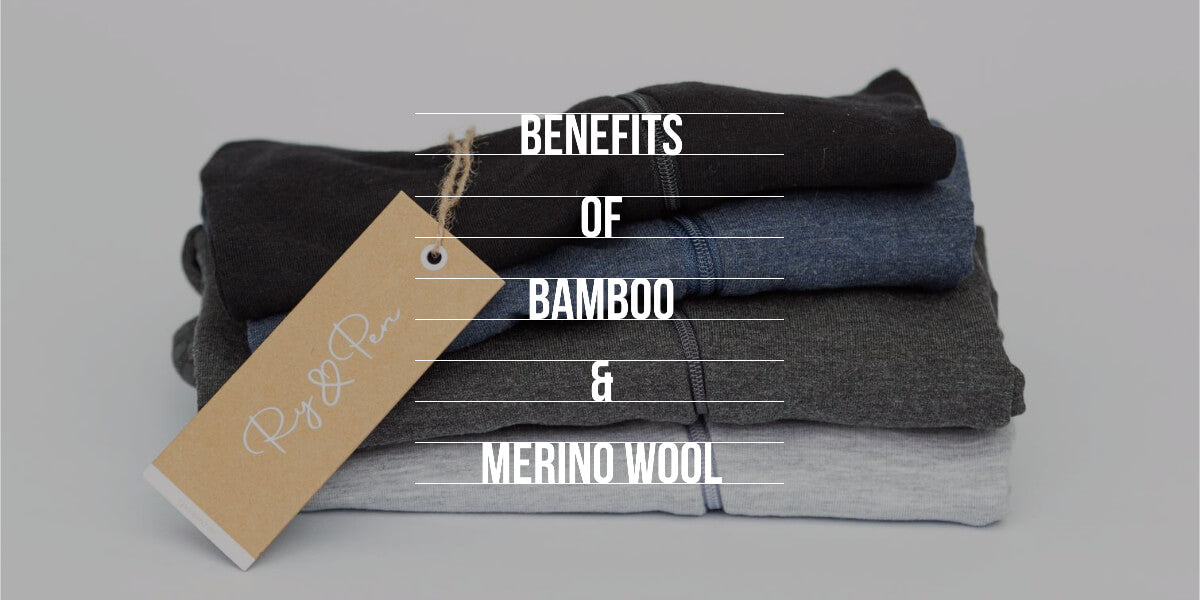Awesome Bamboo Clothing Info
Wiki Article
Why Is The Yak Merino Base Layer So Good To Wear For Winter Sports? The Reason Behind It?
Yak merino wool base layer are very effective in winter sports clothing due to a combination of qualities and benefits derived from both yak and Merino wool. Warmth- Yak wool is known for its incredible warmth. The hollow fibers in it are fantastic insulation since they capture air. This fabric, when combined with Merino Wool, an excellent insulator, offers excellent warmth that keeps the body warm in cold temperatures.
Merino wool is moisture-wicking meaning it is able to draw water away from your body, and then release it back to the air. It keeps you dry. Yak has the same ability to wick moisture as Merino. This combo helps regulate body's temperature, keeping moist skin from engaging in intense physical exercises during winter.
Merino Wool is renowned for its softness and comfort. The fine fibers make it less likely than other wools to cause irritation. Blended with silky and soft yak-wool fibers, this material is extremely comfortable.
Odor resistance- Both Merino wool, as well as Yak wool, have antimicrobial properties that hinder the growth of odor-causing bacteria. This makes the clothing fresher for longer periods, even during extended use.
Durability. Yak Wool is naturally robust. It is able to withstand the wear and tear that comes with outdoor and sports.
Temperature Regulation – The insulating qualities of yak merino based layers regulate body temperatures keeping wearers warm during cold climates while being sufficiently breathable to stay cool during times that are intense.
Merino wool as well as yak wool and other biodegradable and renewable materials are eco-friendly fibers for winter sportswear.
These characteristics provide yak merino based base layers an ideal option for winter sportswear, as they provide warmth, comfort, moisture control, and durability. Take a look at the best merino wool base layers for site tips including wool thermals mens, merino wool leggings women's, merino wool base layer sale, long johns for skiing, merino wool ski base layer, airblaster merino ninja suit, minus 33 base layer, smartwool merino 250, smartwool 250 base layer, hh lifa merino and more.

What Are The Advantages Of Wearing Bamboo Clothing With Regard To Thermal Regulation As Well As Uv Protection, Biodegradability, And Environmental Impact.
Regulation of Thermal Regulation-
Bamboo fabric for insulation is breathable and has thermal regulating properties. It offers warmth in cold temperatures. It aids in regulating body temperature by holding the heat during cooler temperatures and allowing ventilation to prevent excessive heat during exercise.
UV Protection-
UV Resistant: The bamboo fabric provides natural protection from harmful UV rays. It is able to block the majority of ultraviolet sunlight's rays. This provides an extra layer of protection when wearing it outside.
Biodegradability-
Eco-Friendly - Bamboo clothing biodegrades in a natural way, which means that it doesn't leave negative residues after the conclusion of their cycle or contribute to environmental pollution. This feature helps reduce waste and minimize the environmental impact caused by clothes that are thrown away.
Environmental Impact-
SustainabilityBamboo as a primary material is extremely sustainable. It is a fast-growing tree that does not require chemical fertilizers and pesticides. Its speedy growth is what makes it renewable.
Bamboo has a lower water requirements compared to cotton or other crops. It is therefore more efficient in terms of water use. This aspect contributes to conservation efforts and lessens the strain on water resources.
Soil Conservation
Soil health- Bamboo cultivation does not reduce soil nutrients and does not require extensive irrigation. This contributes to healthier soil conditions, and reduces the necessity for damaging practices in agriculture.
Carbon Sequestration
Carbon Absorption Bamboo are able to absorb more carbon dioxide, and release oxygen into air than many other plants. This is a benefit in fighting carbon emissions and climate change.
Bamboo clothing is a great option for those looking to dress in clothes that are both functional and sustainable. These attributes are in line with eco-friendly practices, bringing benefits to both the wearer as well as the environment. Check out the most popular this post about bamboo clothing for blog advice including bamboo leggings, bamboo tank tops, mens bamboo clothing, bamboo undergarments, bamboo hoodie women's, bamboo t shirts ladies, bamboo newborn clothes, bamboo dress shirt, halloween bamboo pajamas, bamboo fibre clothing and more.

What Are The Main Differences Between Bamboo And Merino Clothes?
Merino layers along with regular wool, and bamboo clothes have distinct characteristics.
Merino Wool is soft and supple to the skin. It is much less likely to cause itching and irritation than traditional sheep's wool.
Merino has excellent moisture-wicking qualities. It draws moisture from your skin and allows it to evaporate leaving you dry and comfortably.
Merino wool is exceptionally warm even when wet. It regulates temperature and gives insulation for cold weather, while allowing breathability even in hot temperatures.
Odor Resistance- It naturally prevents the growth of odor-causing bacteria and keeps clothes fresh when worn for a long time.
Bamboo Clothing
Silky appearance is often compared to silk or cashmere. It's soft and luxurious to wear.
Bamboo fabric has moisture wicking properties that draw out moisture and help keep your dry.
Temperature Regulation- Bamboo clothing has natural temperature-regulating abilities, offering warmth in winter and breathability to prevent overheating.
Sustainability - Bamboo is a very renewable resource, and it grows quickly without the need for pesticides or fertilizers. It's biodegradable, and has a minimal environmental impact.
Regular Wool
Texture. The traditional wool texture isn't the only one that can be varied. Certain types of itchy or uncomfortable textures are more coarse.
Warmth - Regular Wool provides an excellent insulation, as well as warmth, but it may feel large and heavy at times.
Absorption of Moisture - Wool is able to absorb water, making it less effective for moisture-wicking as bamboo and merino. It's still warm when damp.
In the end, merino Wool offers softness, excellent moisture-wicking properties, odor resistance and insulation. Bamboo clothing offers a soft feel, moisture-wicking properties, temperatures regulation, and sustainable. Wool has a distinct texture, and it might not have the same moisture-wicking qualities as bamboo or merino. However, it still provides warmth and insulation. Each material offers distinct advantages, and caters to various preferences and requirements when it comes to winter clothing. Take a look at the top he has a good point on merino wool base layer for more info including merino wool ski base layer, wool underlayer, cheap merino wool base layer, wool undershirts, merino base layer cycling, best base layer for skiing, smartwool quarter zip, ski underwear, ski base layer womens, merino thermals and more.
